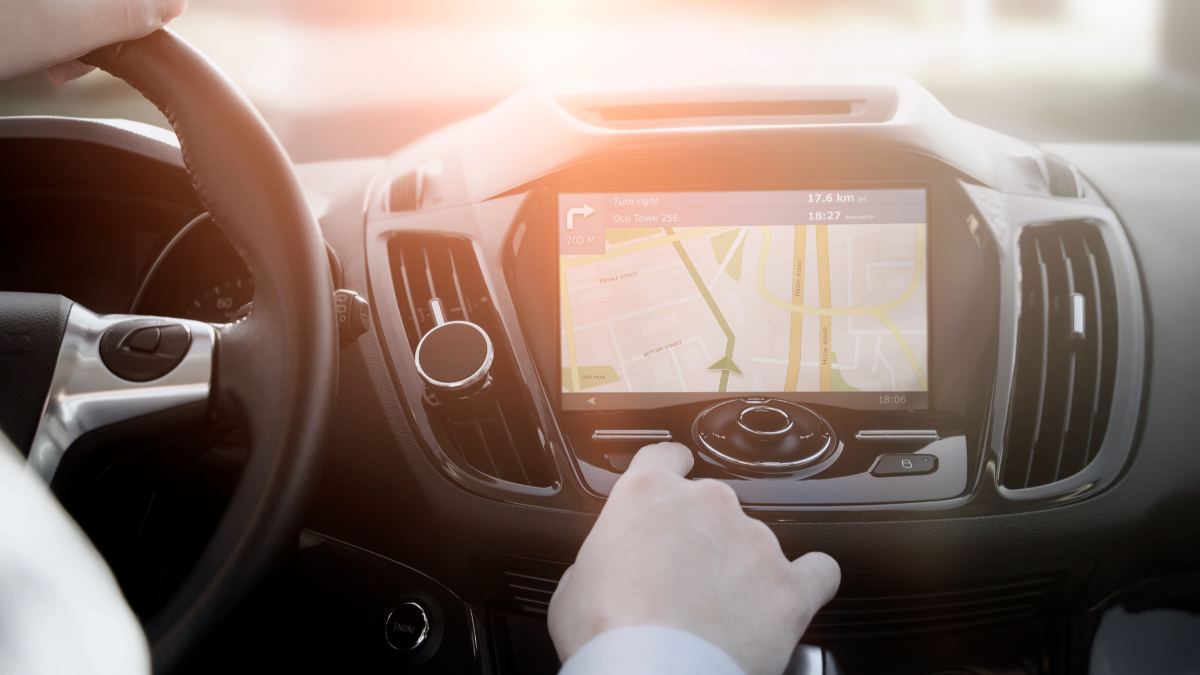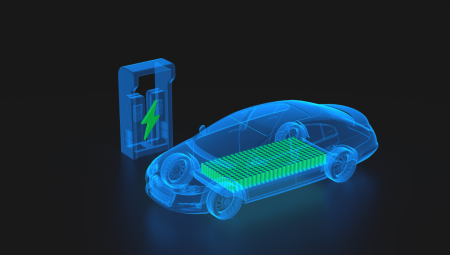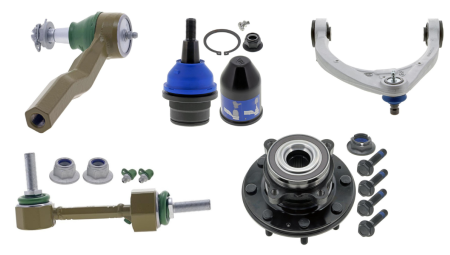United States. According to the study, this market will reach a value of $25.8 billion by 2030, up from $12.7 billion in 2022, with a compound annual growth rate of 9.2%.
The study, by MarketsAndMarkets, states that sustained growth of 9.2% per year is expected, driven by demand for electric and autonomous vehicles.
The projected growth is driven by increased sales of premium vehicles, increasing adoption of advanced driver-assistance technologies (ADAS), and the steady advancement of electric and autonomous vehicles.
Major players in the sector include BlackBerry Limited, Automotive Grade Linux (AGL), Microsoft, Apple and Alphabet (Google), which offer operating systems such as QNX, Linux and Android, integrated into key features such as infotainment, navigation and driver assistance.
One of the segments with the greatest projection is that of Android-based operating systems. Currently, this technology is already operational in more than 100 million vehicles, and Google has introduced a specific version for cars: Android Automotive OS. This platform allows users to access Google Play, Google Maps, Google Assistant, and other apps without needing to connect a smartphone.
Growth in Light Commercial Vehicles and Expansion in Asia Pacific
The light commercial vehicle segment is also showing remarkable growth, driven by demand in the logistics sector and the launch of new electric models. For instance, Mahindra & Mahindra announced the development of 14 new LCV models, including six electric ones, which will reach the Indian market before 2026.
By region, Asia Pacific will lead the market during the analysis period, thanks to the high volume of automotive production in countries such as China, India, Japan, and South Korea. This region concentrates a significant share of global vehicle manufacturing, and the growing demand for connected and sustainable solutions is accelerating the adoption of specialized software.
Factors driving this market include the increase in the number of electronic control units (ECUs), the advancement of software-defined vehicles, and consumer preference for connected driving experiences. However, significant challenges remain, such as cybersecurity and the need for seamless connectivity between systems.














